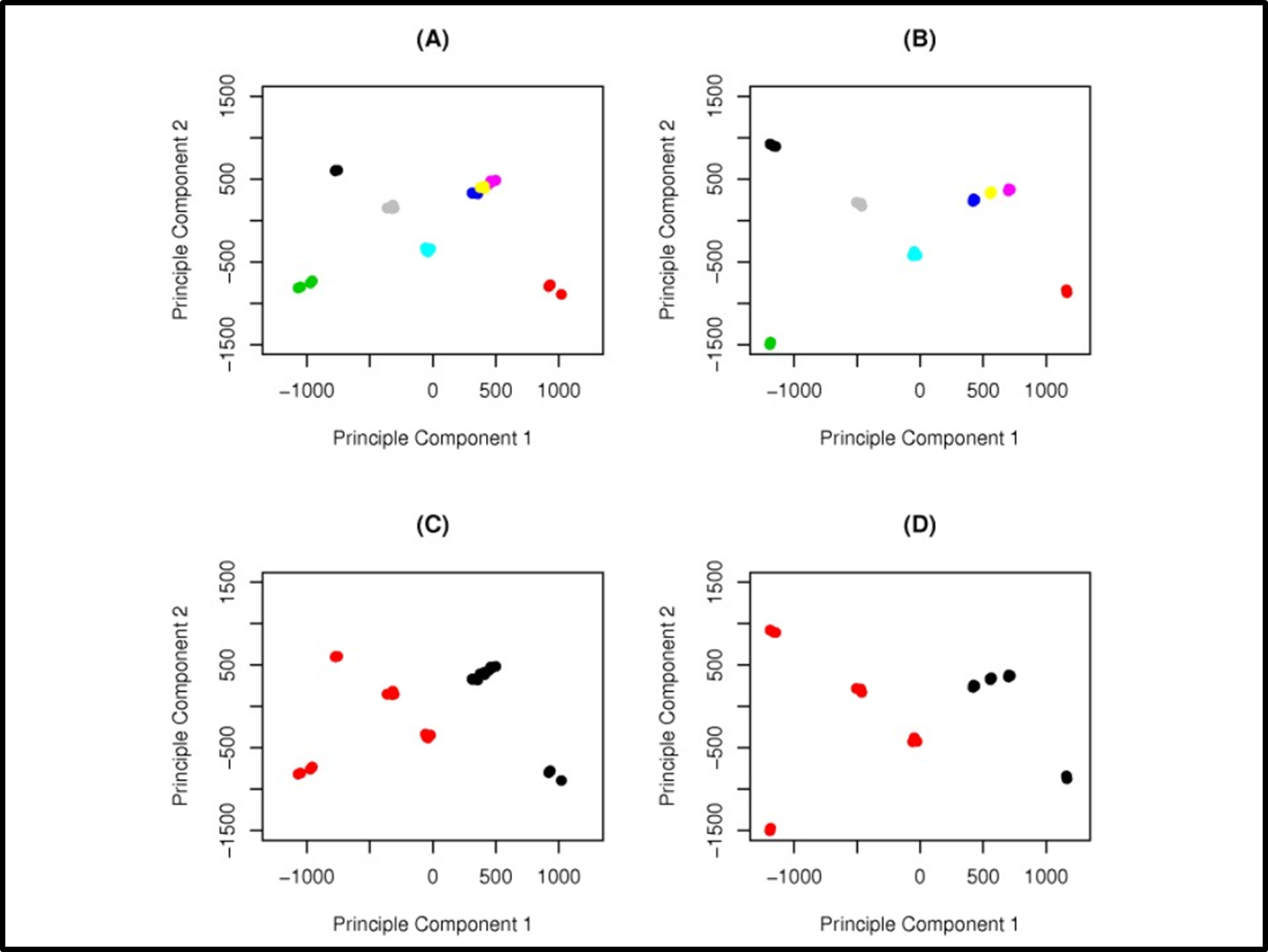Genome Wide Allele Frequency Fingerprints (GWAFF)
Contact person: Bruno Studer
Partners: Stephen Byrne, Adrian Czaban, Bruno Studer, Frank Panitz, Christian Bendixen and Torben Asp
Project description: Genotyping-by-Sequencing (GBS) is an excellent tool for characterising genetic variation between plant genomes. To date, its use has been reported only for genotyping of single individuals. However, there are many applications where resolving allele frequencies within populations on a genome-wide scale would be very powerful, examples include the breeding of outbreeding species, varietal protection in outbreeding species, monitoring changes in population allele frequencies.
This motivated us to test the potential to use GBS to evaluate allele frequencies within populations. Perennial ryegrass is an outbreeding species, and breeding programs are based upon selection on populations. We tested two restriction enzymes for their efficiency in complexity reduction of the perennial ryegrass genome. The resulting profiles have been termed Genome Wide Allele Frequency Fingerprints (GWAFFs), and we have shown how these fingerprints can be used to distinguish between plant populations. Even at current costs and throughput, using sequencing to directly evaluate populations on a genome-wide scale is viable. GWAFFs should find many applications, from varietal development in outbreeding species right through to playing a role in protecting plant breeders’ rights.
